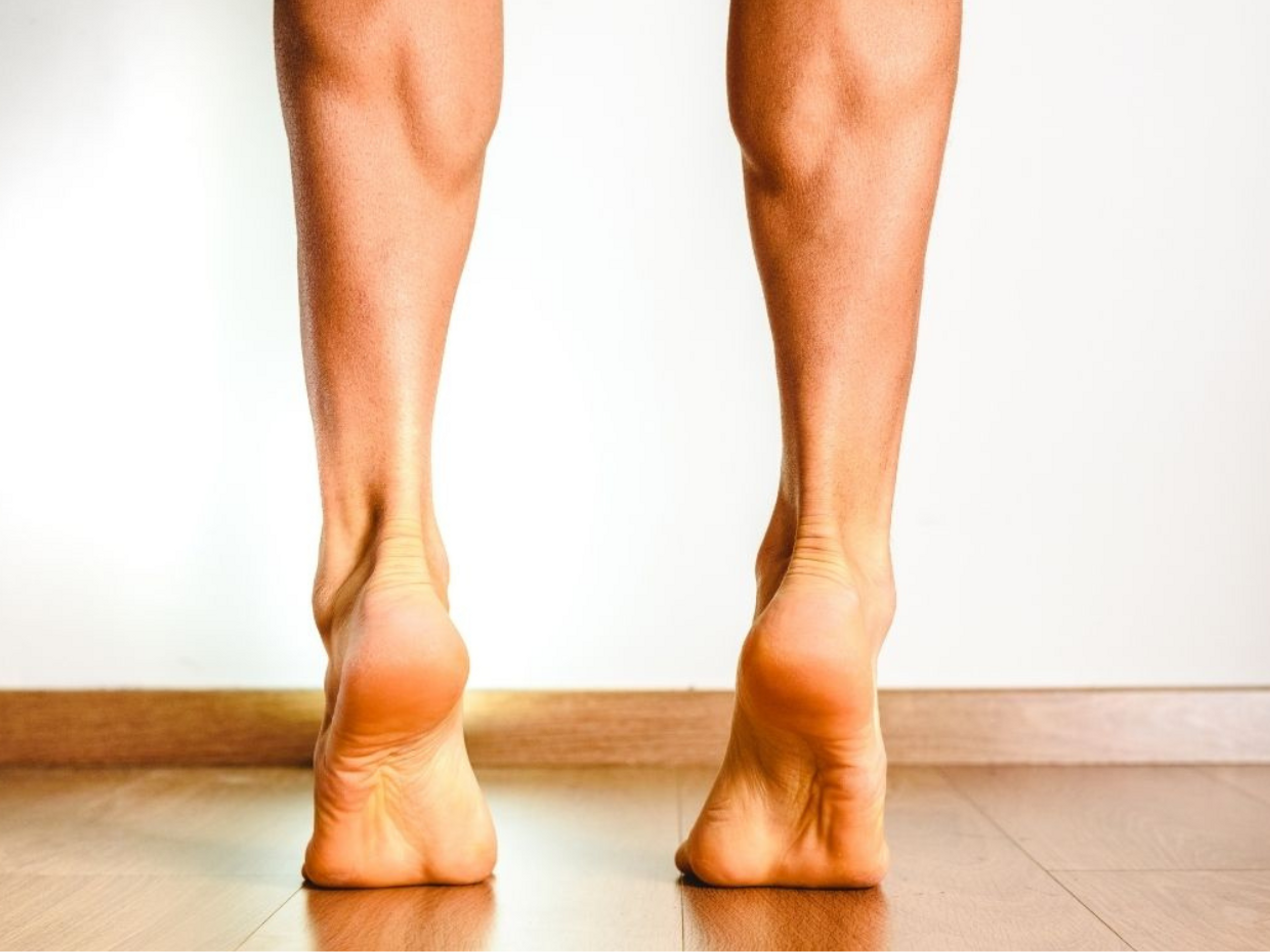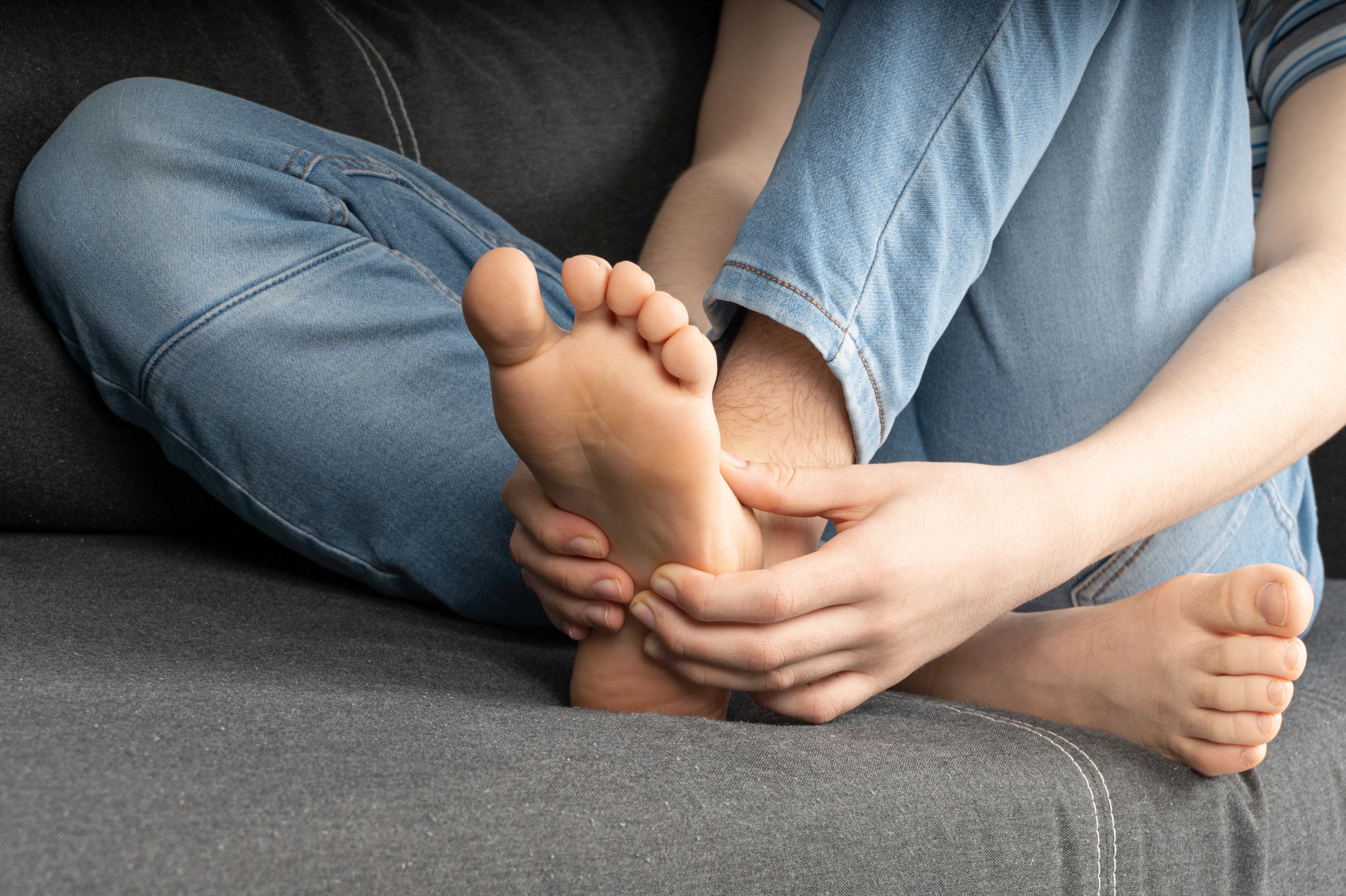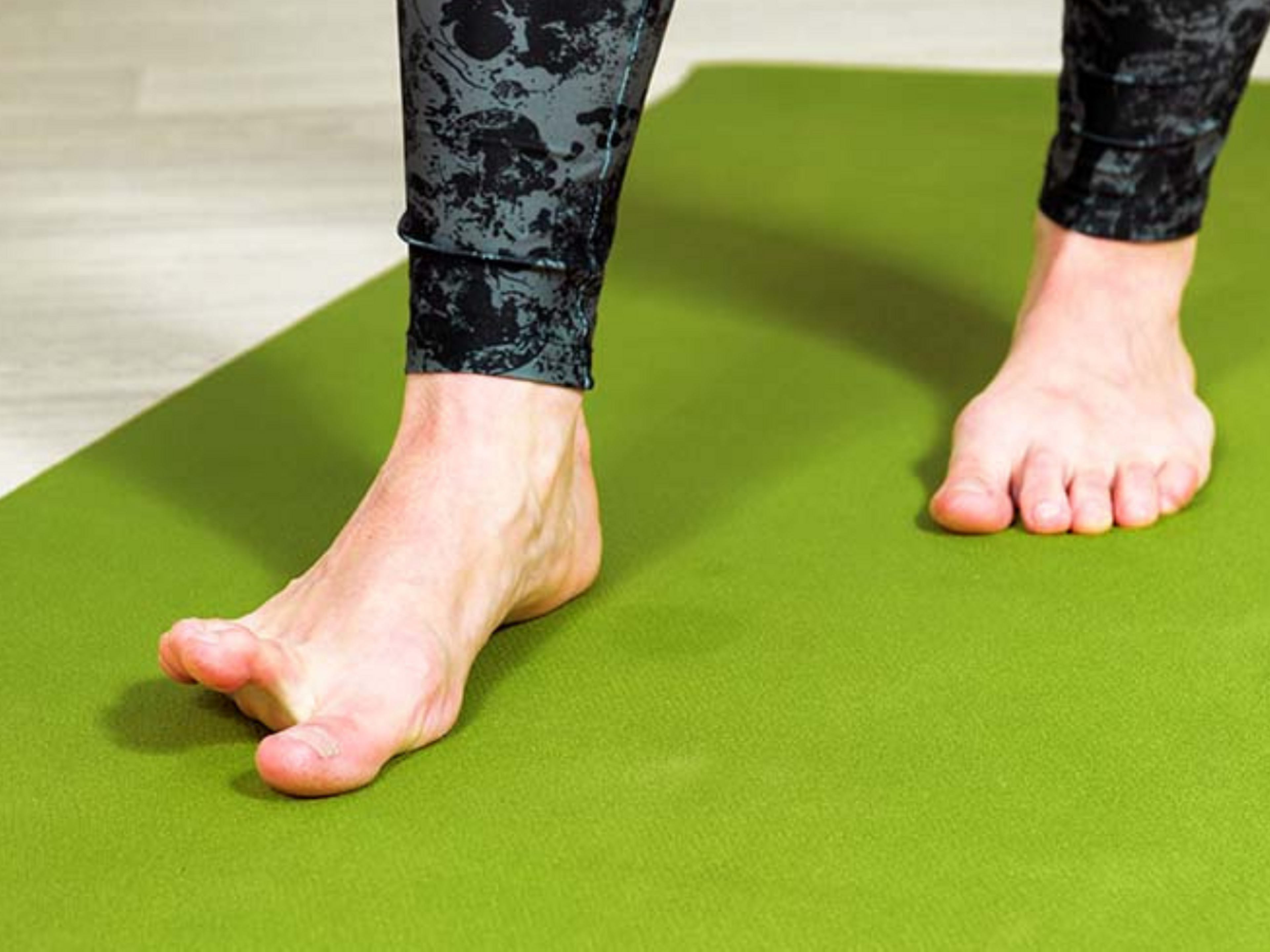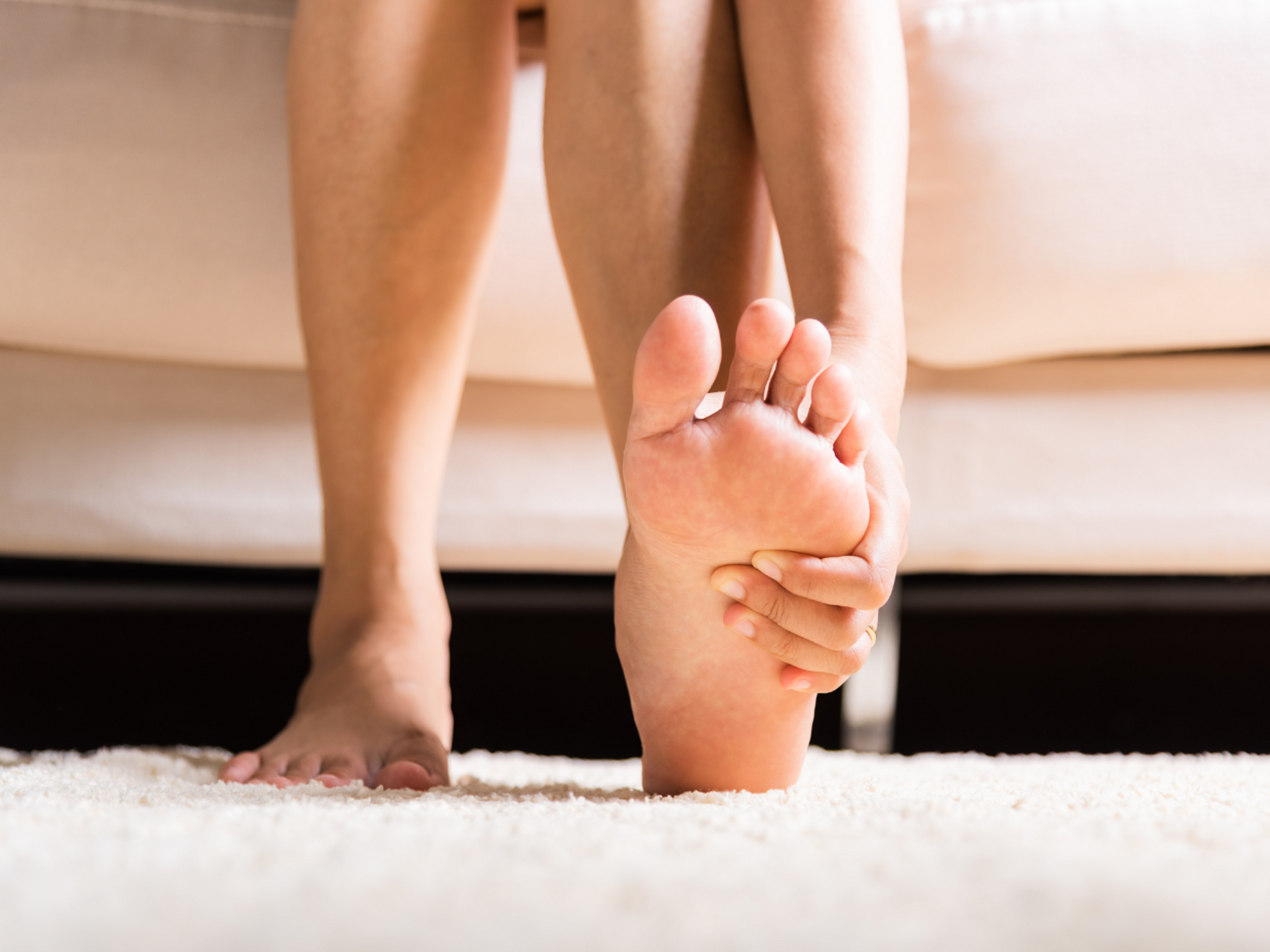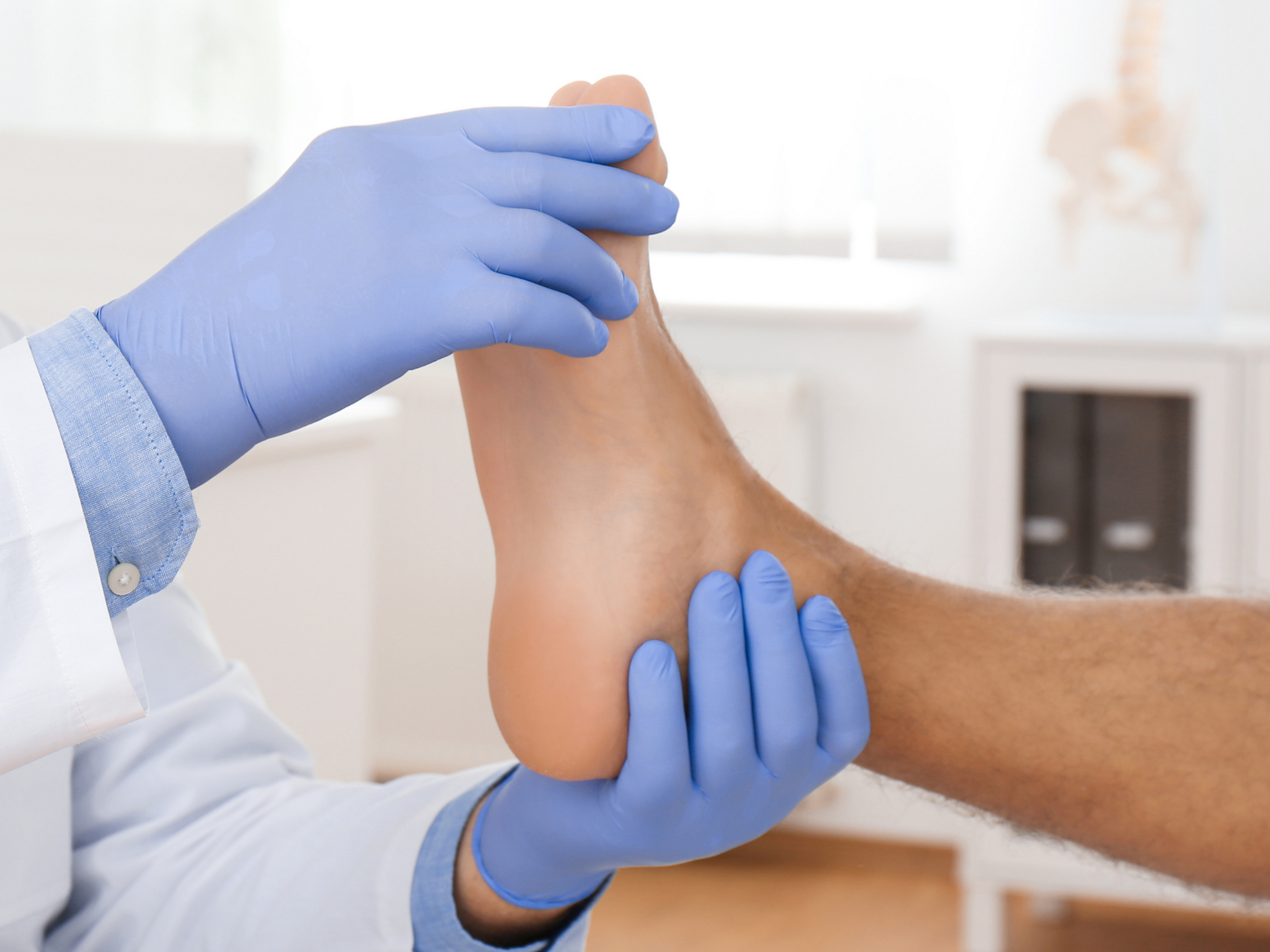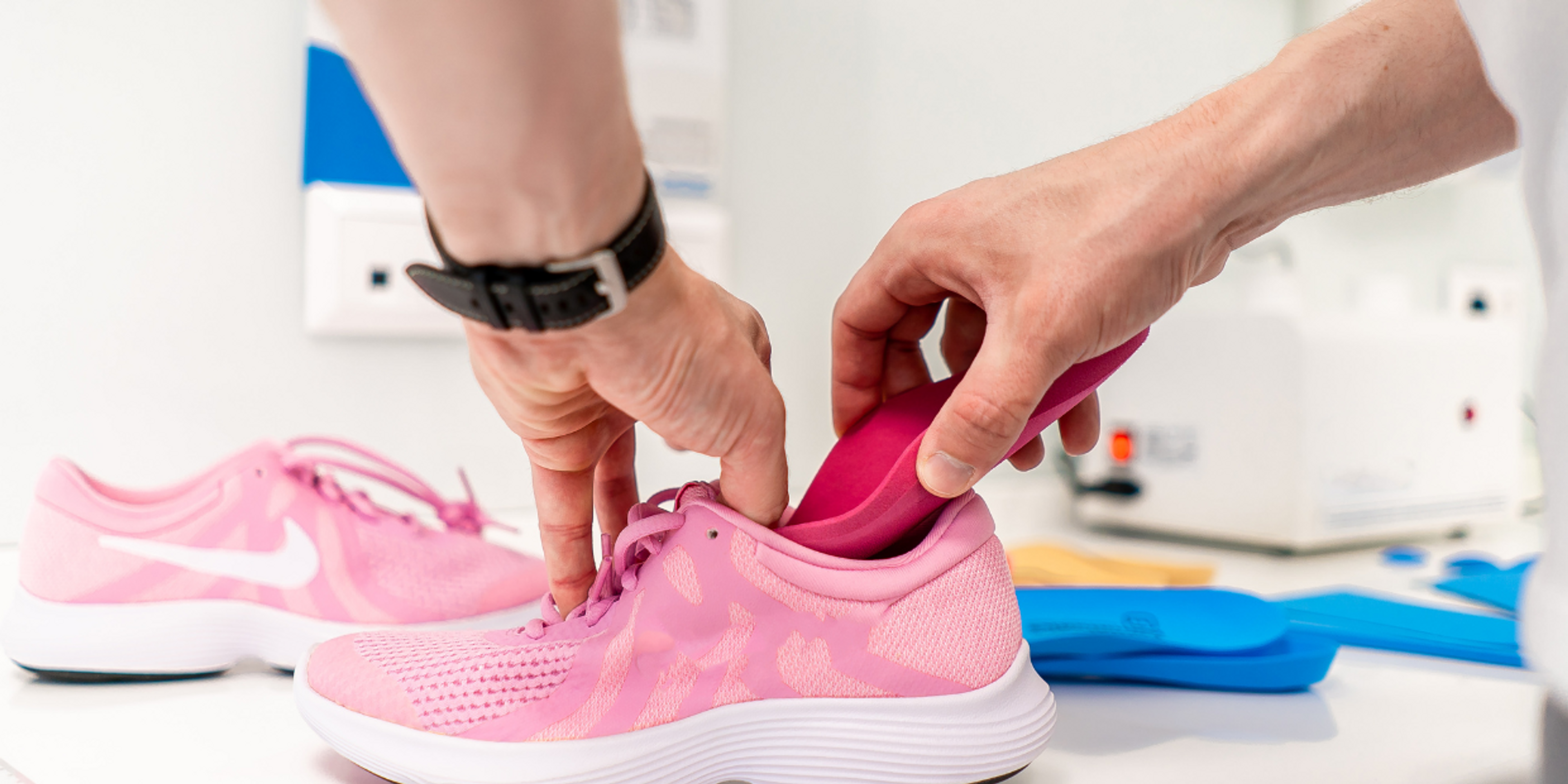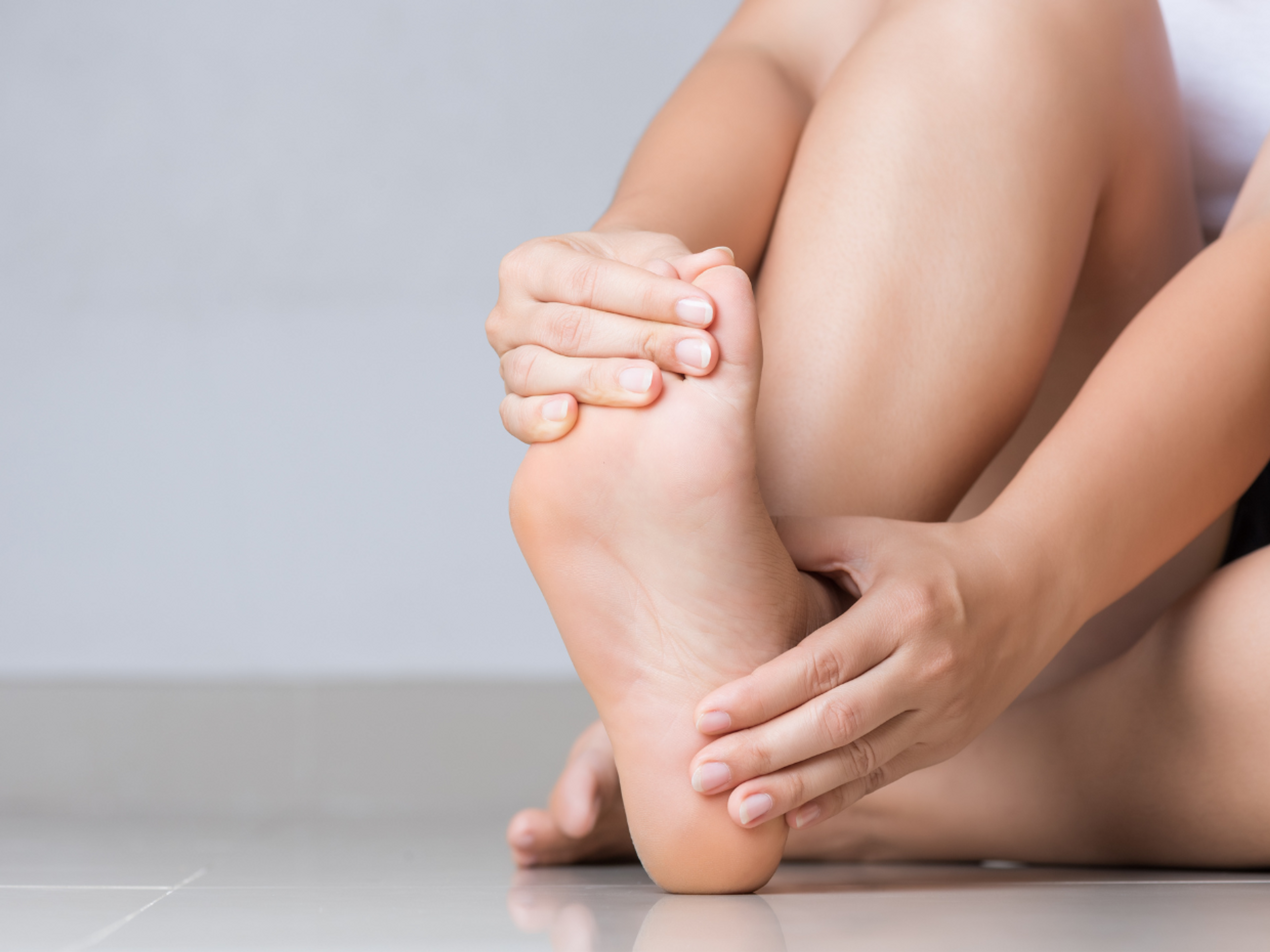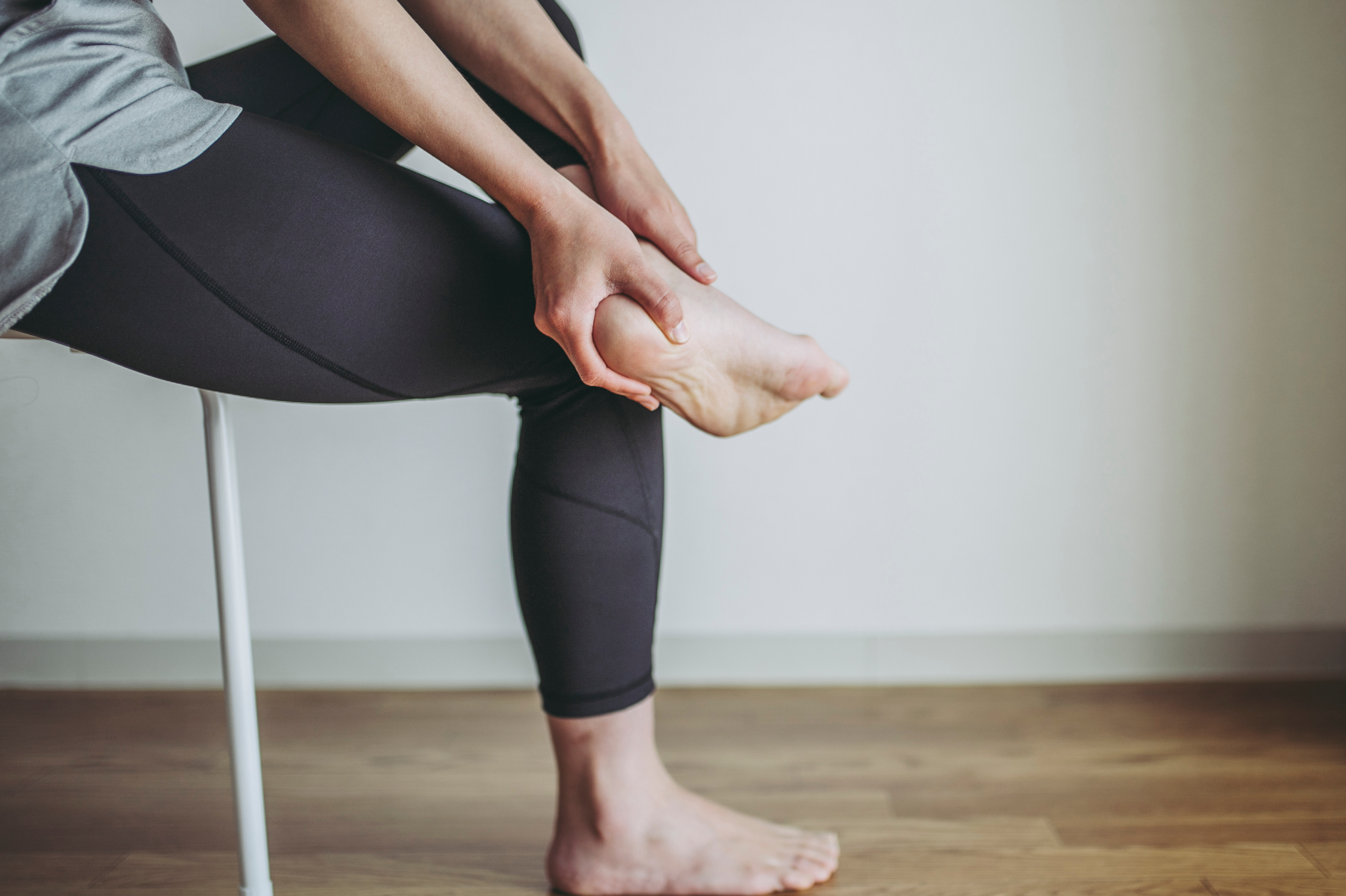Plantar fascia strengthening - Calf raises for plantar fasciitis
People commonly use stretches to help them recover from plantar fasciitis. But one often overlooked component of treatment is plantar fascia strengthening.
Many people fear that exercising their foot and plantar fascia will cause more pain or worsen their injury.
However, research shows that strengthening your plantar fascia may help ease your pain and improve your function quicker than stretching. It can also help prevent re-injury.
The best type of strengthening exercises for your plantar fascia
What the science says
Type 1 collagen fibers are connective tissue fibers that make up your plantar fascia. Studies have found that high-load strengthening exercises stimulate collagen production in injured tissues.
Researchers have also found that progressive high-load strengthening programs can help restore your plantar fascia to health quicker than stretching (within 3 months). A progressive program starts with easy low-load exercises and slowly builds in intensity and load as the tissue strengthens.
The best type of high-load exercise for the plantar fascia is calf raises. They are versatile and can be adapted to increase or decrease the load as needed.
How to strengthen your plantar fascia
Fortunately, the Exakt Health app helps you know what exercises to do, when to start, and when to progress to the next ones. So, you never have to guess, and you can be confident that you won’t worsen your condition.
Plantar fascia strengthening exercises
These are examples of how you can adapt your calf raise exercises to suit your plantar fascia's stage of healing and progress the load over time. There are many other variations that you can use to incrementally build strength in each stage and safely transition to the next.
Calf raises for early plantar fasciitis rehab
If your plantar fascia is very sensitive, start with only a few repetitions and build from there, or start with calf raises in sitting.
Calf raises for mid-stage plantar fasciitis rehab
Whenever you switch to a higher-load or more complex type of calf raise, ease into it with a reduced number of repetitions and observe how your foot responds.
Calf raises for late rehab
This is the time to build proper high-load strength. Still, don't increase the weights too quickly — only add to it once it feels super easy.
Final rehab - Sports-specific exercises
Suppose you're looking to get back to running or jumping sports. In that case, you must include exercises that rapidly load your plantar fascia in the final rehab stages — for instance, hopping or jumping.
These exercises mimic the loads you will experience while running and jumping. They ensure that your plantar fascia has the strength you need before you start your sport, limiting the risk of re-injury.
The Exakt Health app guides you through the rehab process step by step. It provides straightforward advice on when to progress, maintain, or take your exercises back a level — helping to minimize flare-ups and keep you on track with your recovery.
Why does strengthening help your plantar fascia?
Load vs. capacity
When you stand, walk, run, or jump, your plantar fascia needs to be strong enough to withstand the forces (load) passing through it.
When you load your plantar fascia with more than it can tolerate (beyond its capacity), it becomes injured, inflamed, and sore.
If this is a once-off situation, and you rest it properly, it will heal, and you will feel better within a few days to weeks.
However, if you overload it repeatedly and don’t give it a chance to recover between each injury, the plantar fascia starts to develop changes in its structure.
How structural changes affect your plantar fascia's strength
If you continue to aggravate your injury over a long period, the connective tissue fibers change. Eventually, the plantar fascia loses its smooth and organized structure and, as a result, also some of its strength.
Over time, the plantar fascia begins to behave and respond to stress and strain more like tendinopathy. And, instead of tissue inflammation causing most of your symptoms, the loss of tissue strength causes the majority of your symptoms.
When your plantar fascia loses some of its strength, it is less resilient. And it can’t take on the same loads as before, meaning smaller loads can injure it and make it flare up easily.
It explains why you may experience worsening plantar fasciitis symptoms over time. And why it may seem like even light, everyday activities can set the pain off.
Can calf raises cause plantar fasciitis?
Yes, calf raises can cause plantar fasciitis if you do them without shoes or increase the weight or number of repetitions too quickly. This is why we advise that you always wear shoes when doing your calf raises and don't rush to progress.
Conclusion
Plantar fasciitis can be tricky to manage because it has so many different causes. Getting an early diagnosis and starting proper treatment at the right time is key.
If you’ve left it a little late, don’t worry! The most important thing is to get started. The sooner you start, the better.
One of the best ways to help you recover is a well-structured, progressive strengthening program.
Exakt Health is here to help. The app takes you through the plantar fascia rehabilitation program step by step, adjusting the intensity according to your feedback and stage of healing.
